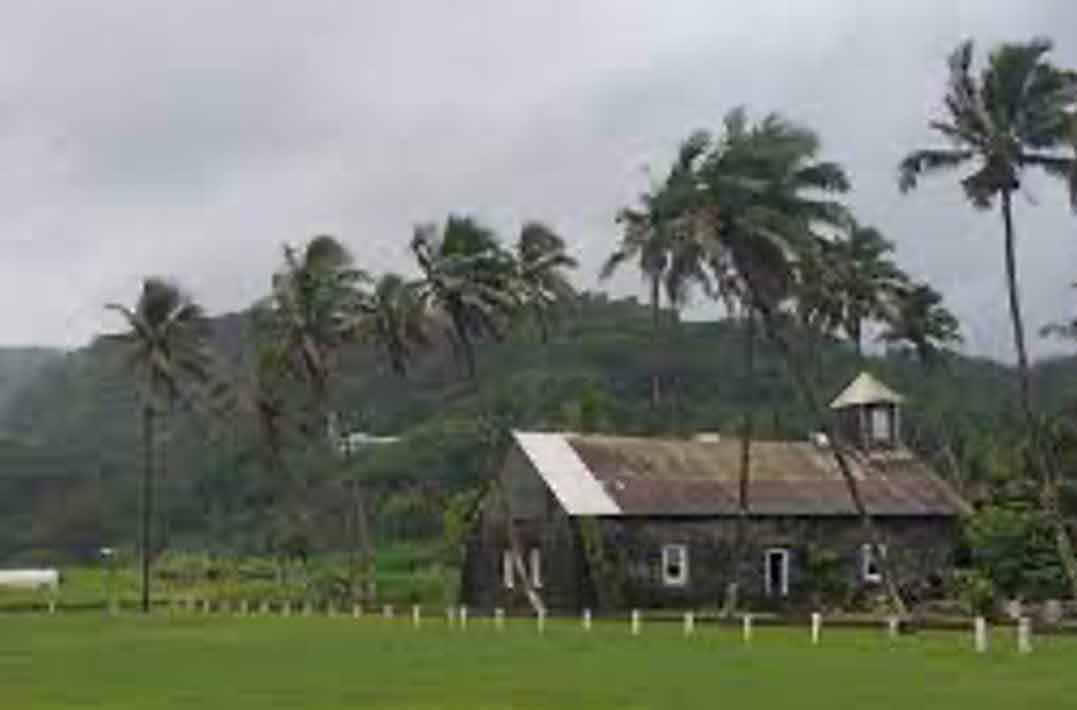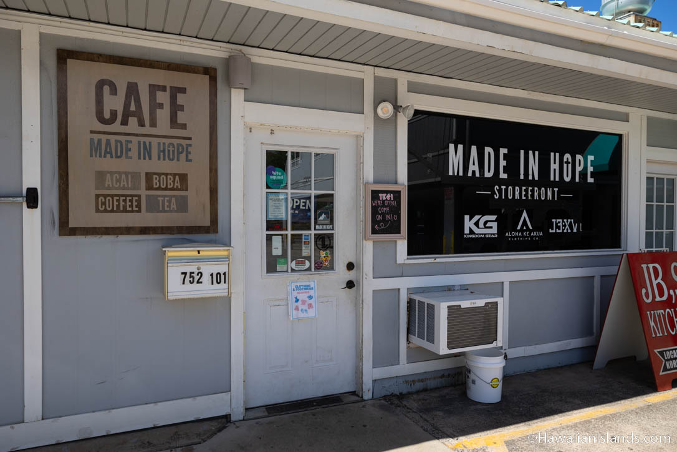Ke’anae Congregational Church
Ke‘anae, Maui




Keʻanae Congregational Church, built in 1856 is at the center of the Keʻanae village. The building survived a tsunami in 1946 and served as the hub of village activity and services. In the tsunami, 26 people died.
The roof of the historic structure had collapsed and needed to be fixed and members of the church reached out to the Hawaii Conference Foundation for support to file an insurance claim and plan for its future. The last three remaining attendees of the church and the larger Keʻanae community agreed to meet with representatives of the Hawaii Conference Foundation in the Fall of 2021.
Objectives:
1. Creation of a guided master plan process (with multiple stakeholders) that includes church members, community input, HCF, and Hawaii Conference involvement for Continued Mission to the
community of Keʻanae
2. The creation of legal and financial partnerships with external partners to help support that mission.
3. Research in creating a business plan with said partners that would bring cash flow into the church. 4. Alignment between church, external partners, and neighborhood for the creation of the plan.
5. A positive Congregational vote that accepts the proposed plan
Using the MMCo Score and Church Audit:
Identified a Christian leader in the Native Hawaiian community who understood the situation and reached out to the matriarch of the church and informed her of a process to transform the operating model of the church, starting by asking for her guidance and permission. The team was invited to a meeting with the rest of the church.
Our process began with an initial meeting to establish trust, gather information on the church, property, and community, synthesize that information into a plan while keeping the church engaged and involved. Next, we enacted the plan while leading the church leadership towards a vote. MMCo met monthly in-person with members from the church over nine months.
Meetings included listening to the needs, feelings and hopes of the congregation, establishing a baseline of needs and potential mission of the church in the community. Simultaneously, MMCo examined the zoning, property entitlements, and the economic viability to use the property as an income source. Due to its location, neighborhood history and a lengthy permitting and entitlement process with the state of Hawaii, re-development was not an economically viable option for this property.
Additional meetings focused on updating by-laws and governance and to get a handle on the financial needs of the church. There was only one file of records for the church. This file held bills, a typewritten copy of the by-laws and a few other notes. There was no record of any membership or officers, no minutes of previous meetings, no contracts or lease agreements. This meeting also provided the opportunity for future generation family members of the church to join these meetings.
Other meetings focused on the graveyard, its history and legacy and its relationship to Keʻanae. Burial requirements in the State of Hawaii and related maintenance costs needed to be considered.
